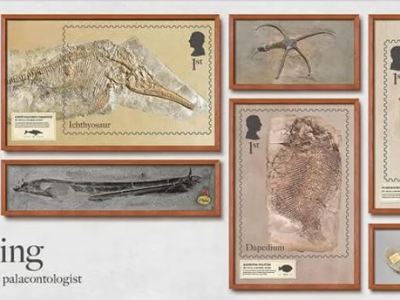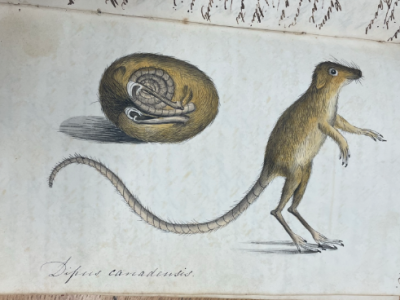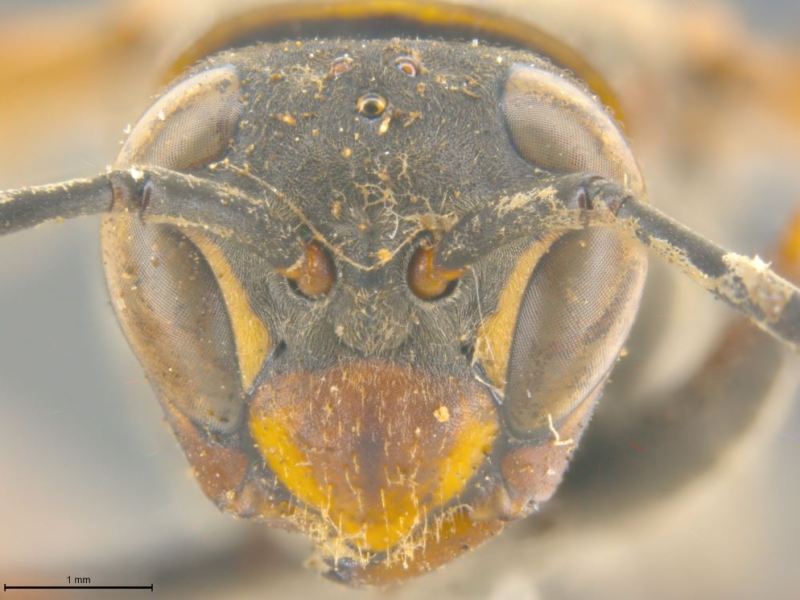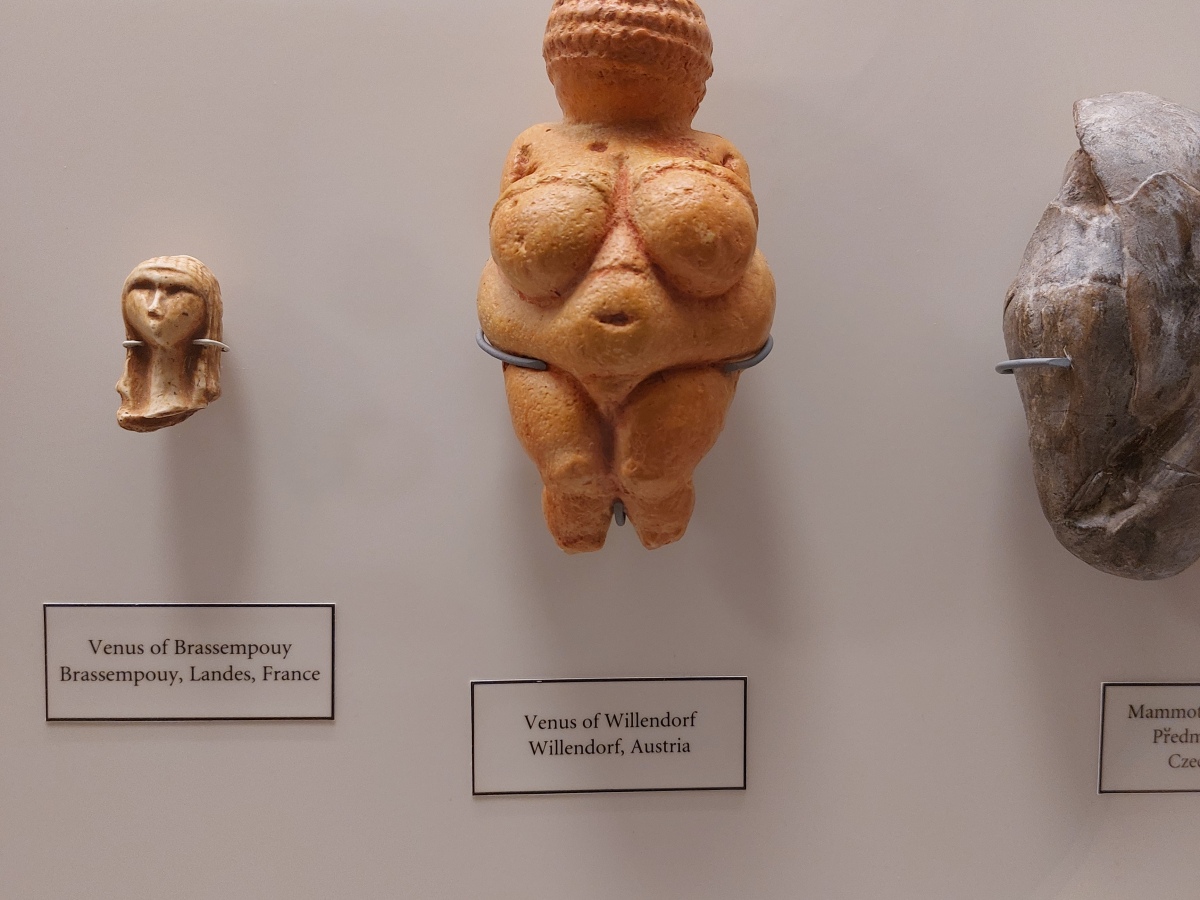
Museum’s Mary Anning Fossil Gets Stamp of Approval
200 years since OUMNH’s very own Megalosaurus fossils were used in the first scientific description of a dinosaur, the Royal Mail has launched The Age of Dinosaurs, a two-part series of commemorative stamps. The stamps include one series of palaeo-art reconstructions of Mesozoic dinosaurs and reptiles and another series celebrating Mary Anning (1799-1847), a self-taught…

Of Jumping Mice and Megalosaurus
CELEBRATING THE RECENT ACQUISITION OF AN IMPORTANT ARCHIVE By Danielle Czerkaszyn, Librarian and Archivist and Grace Exley, AHRC Doctoral Student 200 years since the first scientific description of a dinosaur, the Museum has welcomed a significant archival collection relating to the man who introduced us to Megalosaurus, William Buckland (1784-1856). The archive contains over 1,000…

Wasp Faces: Power Struggles and Royal Drama
The second you step into the Museum of Natural History you will notice a remarkable thing about nature: its diversity. Instantly, you see huge whale bones, a distant elephant skull, birds, fish, dinosaurs, and a mounted kaleidoscope of colourful insects. This variation is what many of us love most about biology.
But diversity occurs at…

Who clothes there?
Tucked in a display case in the southwest corner of the Museum is a sculpture of an unidentified female figure, small enough to fit in your coat pocket. It is a replica of one of the most important examples of Palaeolithic artwork ever discovered; a 25,000-year-old carving known as the Venus of Willendorf. The Venus…

Boxes, Bags, and Bones
Looking through the collections at OUMNH never gets boring, but sometimes a drawer will open up to reveal something even more eye-catching than the fossils usually found inside. Whilst working on the Museum’s cabinets of Jurassic marine reptiles recently, I found something particularly surprising: a jewel-green box with a fantastic piece of art on the…

A GUT FULL OF SAND
During the summer months, the beaches of Mallorca offer an irresistible draw for tourists and palaeontologists alike. Visitors to the small Spanish island find themselves lured by its glittering seas, captivating coastline, and tasty white sands… well, tasty for some, at least! Following recent fossil excavations near the the coastal town of Estellencs in southwest…

A.R. WALLACE’S ARCHIVE NOW AVAILABLE ONLINE
2023 marks a number of important anniversaries in the UK. Importantly for the Museum, it is also the 200th anniversary of the birth of Alfred Russel Wallace (1823-1913), the trailblazing biologist, geographer, explorer, and naturalist. In celebration of this bicentenary, OUMNH is making its entire A.R. Wallace archive available online.

Buckland Papers Appeal
Oxford University Museum of Natural History is leading a major fundraising campaign to purchase, catalogue, conserve, and digitise an important collection of archive material related to geologist William Buckland.

Re-collections: William John Burchell
Over the last few months, I have been working on cataloguing and rehousing the archival collection of William John Burchell (1781-1863). Burchell was an important early naturalist, explorer, ethnographer, and linguist who worked in South Africa and Brazil, contributing greatly to our understanding of the flora and fauna of these areas. He was also a…

The Beginning of the End: Do locusts still spell danger for humanity?
A few days ago, I was working from home when a delivery driver arrived with a strange parcel – a cardboard box stamped with the letters FRAGILE that seemed to be producing a peculiar, scratching sound. Tentatively, I opened the cardboard box and pulled out a plastic punnet filled with newspaper, old egg cartons, and……
Loading…
Something went wrong. Please refresh the page and/or try again.

